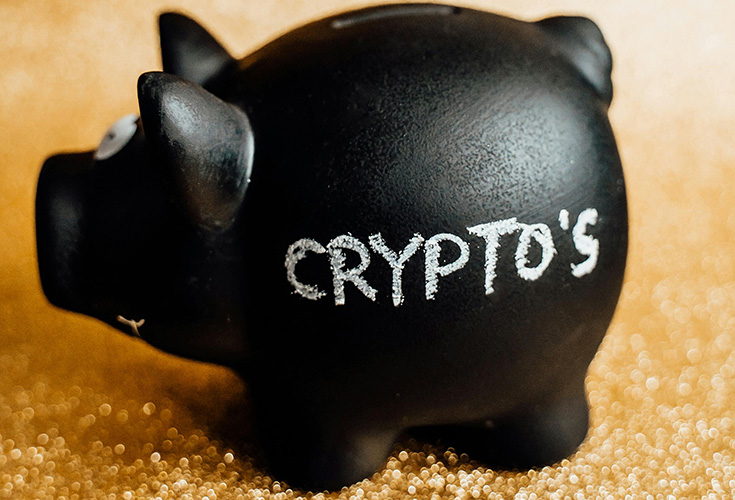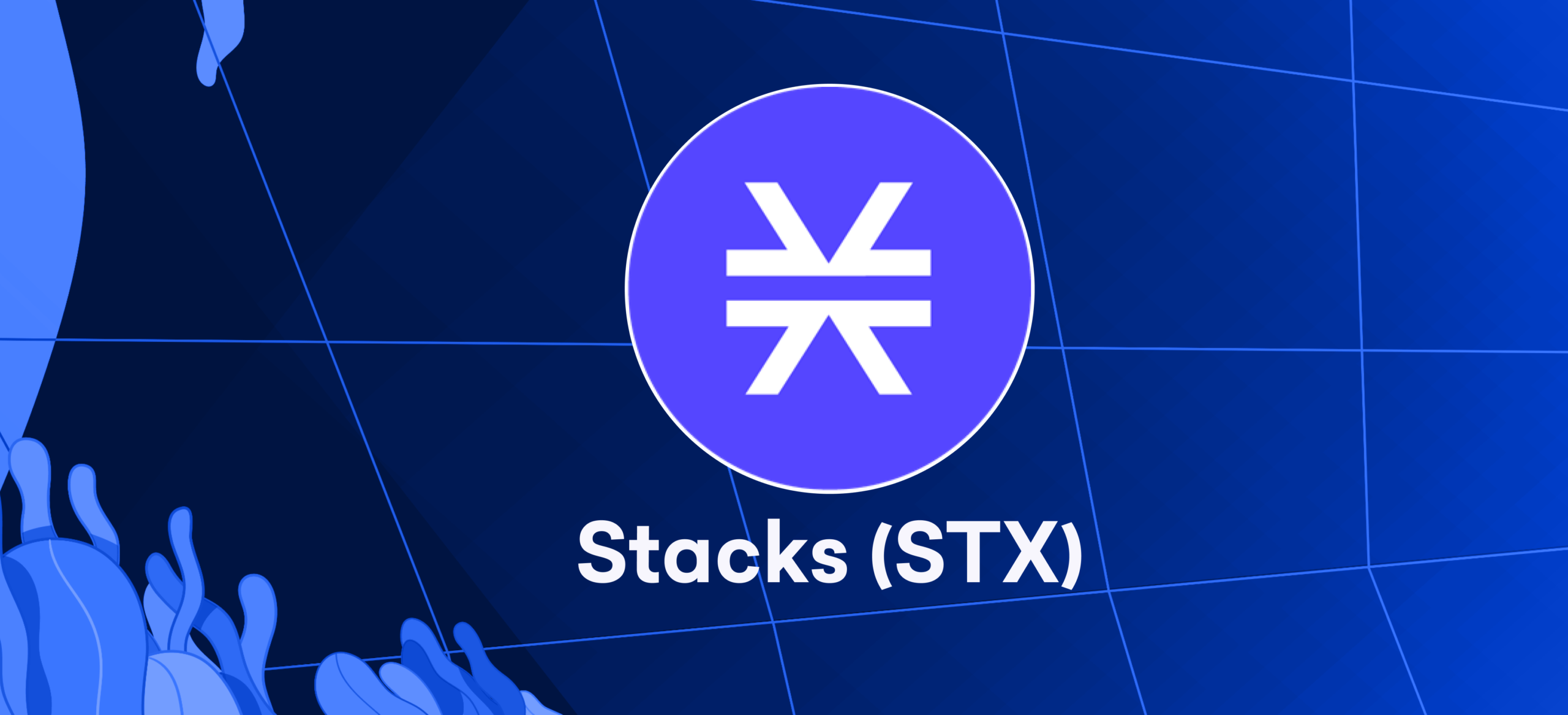
The huge cryptocurrency market offers many opportunities for investors. Individuals can make money through crypto trading, investing, lending, staking, pools, and more. Spot and futures trading are the two most popular methods in crypto trading. They differ significantly in their risk, mechanics, and potential returns.
But, as a beginner trader, what should you select? In this article, we will thoroughly discuss the features, pros, and cons of spot and futures trading to help you make a better decision.
What Is Crypto Spot Trading?
The process of purchasing and selling cryptocurrencies at real-time or spot prices is known as cryptocurrency spot trading. Typically, traders in the spot market wait for the price to rise after buying crypto assets.
Crypto spot trading is quite similar to crypto investing. However, unlike cryptocurrency investments, assets do not need to be locked up for short or long periods of time. Instead, traders buy or sell cryptocurrencies to make a profit immediately. Spot transactions occur on various platforms, from decentralized and centralized crypto exchanges to common Telegram chatbots/bots. Unlike traditional stock exchanges, all crypto spot exchanges operate 24/7.
Moreover, in spot trading, individuals buy assets with their own money without taking any leverage. Leverage means borrowing money from an exchange and using it to open your trading positions.
Your trading position will be smaller and less risky because there is no involvement of extra money or borrowed funds in spot trading. Also, you can keep your assets as long as you want.
Let’s grasp the concept of spot trading through an example.
Suppose you bought Bitcoin at the asset’s current market price from the BTC spot market, which is $25,850. Now, in spot trading, you can profit only when the price increases. If BTC’s spot price reaches $25,900, you will take a profit of $50. If the price goes below $25,850 and you sell Bitcoin, you will suffer a loss.
Pros
Easy To Understand
Spot trading is very beginner-friendly. Unlike futures trading, it has no complicated terms like funding rate, liquidation, or margin requirements. This makes it straightforward for newcomers to place buy/sell orders and calculate their reward and risk.
Ownership
You become the owner of digital assets when you purchase from the spot market. After buying crypto, you receive assets instantly in your crypto wallet. You can easily stake crypto, transfer it from one wallet, exchange it for another, or use it for any sort of transaction.
Less Risky
Spot trading is less risky than futures trading. You can not use the leverage option in spot trading. As a result, trading size remains relatively low, and you take less risk. Even if the account becomes empty, you will only lose what you have invested. However, in futures trading, traders can incur more losses.
Cons
Shorting Is Not An Option
In trading, you can earn money by selling and buying an underlying cryptocurrency. The spot market does not allow to sell or short the market. Simply put, you can only profit when price movements are positive.
No Leverage
There is no leverage option in spot trading. Leverage boosts buying power. You can open a trade with high volume even if you have less capital. To get a high profit, you have to invest a significant amount in spot trading.
The Types Of Spot Market
Market Exchanges
Crypto exchanges are the backbone of the crypt market. Therefore, spot trades are primarily executed on cryptocurrency exchanges. Moreover, these platforms also allow investors to generate passive income through staking assets. Crypto exchanges work as middlemen where buyers and sellers can make offers for assets. When the asking prices and the bid match, the platform executes the trade.
Over-the-counter (OTC)
In crypto, OTC means trading directly in a decentralized market without an intermediary. OTC trading usually occurs on telegram bots or aggregator sites, with a sufficient number of buyers and sellers. Notably, OTC markets attract not just small investors looking to stay private but also the big players (whales). These big players use OTC to buy large amounts of cryptocurrency without causing big price swings on the charts.
What Is Crypto Futures Trading?
In crypto futures trading, a futures contract is an agreement to purchase or sell specific crypto assets at a predetermined value at a specific date in the future. However, unlike spot trading, futures contracts do not provide cryptocurrency ownership. Instead, it involves making predictions about the future price of the asset. This allows you to trade in either the uptrend or the market’s downtrend.
Moreover, you can enjoy higher leverage. You can trade crypto with high volume even if you possess low investment. As a result, if the market moves according to your predictions, you get huge profits. However, if you guess wrong, the loss can be more than what you invested initially.
Let’s take an example for better understanding.
Suppose you buy a BTC futures contract at a trading price of $20,000, and the contract’s validity is 90 days. During these 90 days, if the price of the Bitcoin futures contract rises to $23,000, you will make a $3,000 profit on the settlement date. To trade the Bitcoin futures contract, you don’t need to have $20,000 in your account; you can get started with fewer capital thanks to the leverage offered by your exchange.
For instance, if you’re utilizing 100x leverage, you’d only require $2,000 to initiate your trade. In these 90 days, if the price of the BTC futures contract goes to $23,000, then on the settlement day, you will make a profit of $3,000. However, things can become complex when the price doesn’t rise as expected. If the price goes down, you can experience a liquidation problem.
Pros
Higher Gains
Traders get the opportunity to earn higher profits with futures contracts. With high leverage, you can increase the size of the trade. Comparatively, you can earn more here than in spot trading.
Buying/Selling Enabled
In the spot market, traders are limited to buying an asset and selling it at a higher price for a profit. However, you can trade in both directions of the market in crypto futures markets.
Cons
No Ownership
You don’t receive assets in the wallet. Instead, you own a contract that prevents you from staking, transferring, or earning interest on the underlying assets. Instead, you have to end the trade sometimes.
Risky
Margin trading is involved in crypto futures contracts. This significantly increases your trade size. If the market doesn’t move as you predicted, you can see a huge loss that may exceed your initial margin.
Similarities Between Futures And Spot Trading
Although they have key differences, spot and futures trading have some similarities. Both are driven by demand and supply dynamics, allowing traders to speculate on underlying asset price movements. Moreover, both let you make money when the market is down or up.
What Are The Key Differences Between Futures And Spot Trading?

Flexibility
Spot trading is only beneficial when the price of a particular asset rises. However, futures trading allows you to benefit from price movements regardless of whether the market is going up or down.
Ownership
In the spot market, when you put your coins in, they’re yours, and you can get rewards like forks or dividends. But with a futures contract, you don’t get any of these benefits.
Trading
The futures market is a good choice for taking advantage of price fluctuations. It enables you to trade with high leverage in any direction. Conversely, trading on a regular crypto exchange is more restricted. It takes more time and is expensive. Moreover, you won’t make substantial profits.
Spot Price Vs. Futures Price
All readings on the spot market are conducted at the current price, which is determined by supply and demand. The futures price consists of the futures premium plus the basic spot price. The futures premium can be either negative or positive. A positive premium shows that the futures price is higher compared to the spot price. Conversely, a negative premium reflects that the futures value is lower than the spot price.
Liquidity
The futures market provides extensive liquidity, with a monthly volume of trillions of dollars, far exceeding the trading volume of the spot market. A highly liquid market is typically less risky. This is because there’s always someone ready to trade on the opposite side of a position, reducing the chances of traders encountering significant price changes (slippage).
Final Thoughts
The spot and futures markets are very different, and both are very popular. The choice between them depends mainly on what you need, your experience, and how you like to trade. If you are a beginner or your investment strategy revolves around long-term holdings and you actively engage with cryptocurrencies, the spot market is the better option for you. Conversely, if your interest lies in speculating on cryptocurrency price movements, futures contracts may offer the most favorable opportunity.








